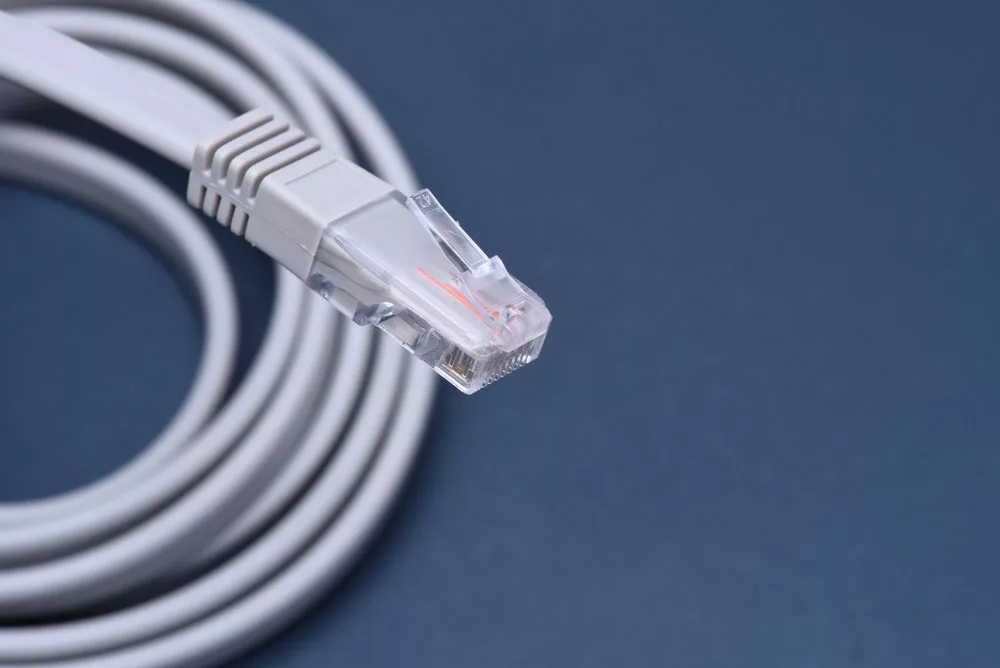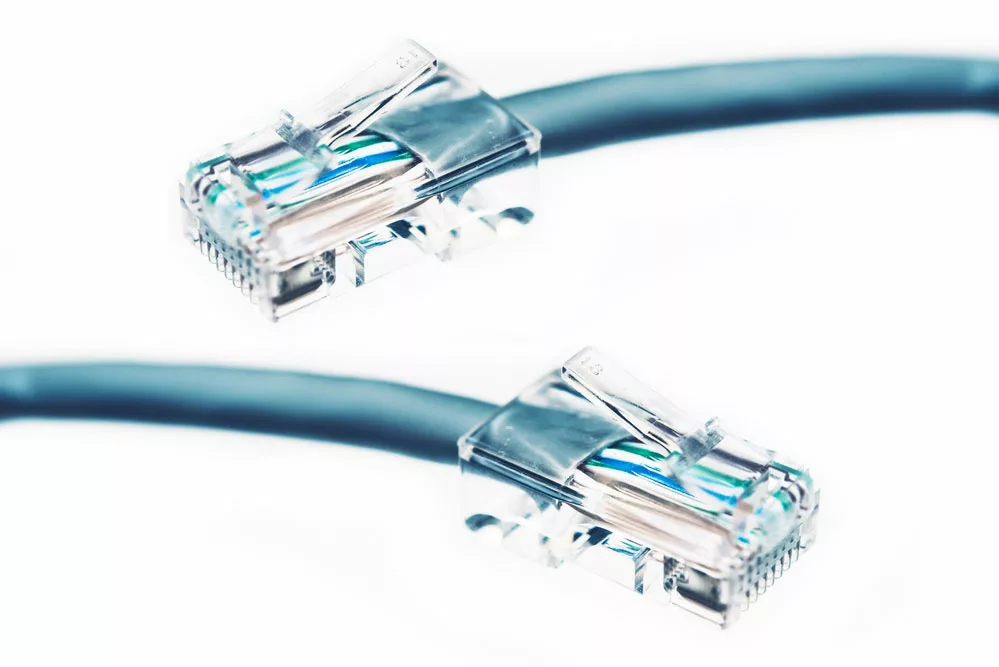Ethernet Cable Flat vs. Round, For those who work with computer networks, a Cat6 cable is a common ethernet cable type. When setting up a wired network, the most important factor is deciding on the cable type.
However, most people get confused when they have to choose between ethernet cable flat vs. round. The article below will discuss the two cable types, their differences and their ideal applications.
Table of Contents
- What Is A Flat Ethernet Cable?
- What Is A Round Ethernet Cable?
- Flat vs. Round Cat6 Cable: How To Choose?
- Application: Flat and Round Cable For Different Scenarios
- Conclusion
What Is A Flat Ethernet Cable?
A flat ethernet cable is a flat shape of copper wires twisted in pairs and packed side by side instead of in a circular shape.
Most flat ethernet cables don’t have this because it is challenging to place any shielding on a flat cable.
Therefore, when it comes to external EMI protection, flat ethernet cables aren’t the best choice. Also, they’re easier to pack or roll up, lighter, and cheaper due to the absence of any shielding or insulation.

Caption: Flat Ethernet Cable
What Is A Round Ethernet Cable?
A round ethernet cable is a round-shaped insulated wire containing multiple layers of filler substances to help maintain a circular shape.
This shape, in turn, helps reduce heating as a result of friction while also protecting the cable from other external elements.
A round cable is capable of isolating heat generated by the internal wires and protecting the wires from elements and small shocks.
Mostly round cables are in applications that need long cables, data centers, or scenarios where you need the ethernet cable to pass through a wall.

Caption: Round Ethernet Cable
Flat vs. Round Cat6 Cable: How To Choose?
Below are the main factors you should consider when deciding what ethernet cable type cable to choose.
Length: The Round Cable Is Better For Long DIstances
A flat ethernet cable is a thin multiple-stranded cable that is weak and no longer than 30 meters.
And with an increase in length, there is a decrease in performance. Therefore, they aren’t the best option for long distances.
On the other hand, round cables are immune to attenuation since the two related wires are in an entanglement with one another.
This may offset interference from its external environment. Therefore, you can use a round cable over 100 meters.
Insulation: The Round Cable Has More Insulation
Unlike round cables, flat cables don’t have any insulation and filler. Therefore, they are more susceptible to electromagnetic interference and attenuation over long distances.
On the other hand, round cables are less susceptible to data degradation over long distances or attenuation.
Round cables have more insulation compared to flat cables. Also, they have increased durability due to more insulation and shielding.
Installation: The Round Cable Is More Flexible To Install
You can lay the cable flat on any surface, ground, or underneath the surface, making the flat cable the best choice when you’re planning on laying underneath a carpet.
On the other hand, you can pass round cables through walls more freely compared to flat cables.
You can also equip the round cable with a standard solid core wire, making it the best option over long distances.
Durability: The Round Cable Is More Durable
Round cables have layers of filler substance that ensure they maintain their round shape while reducing heat generation.
At the same time, it helps protect the cable from external factors.
Flat cables need more maintenance compared to round cables because they’re for permanent installation.
Therefore, they cannot provide as much high time as rounded cables. On the other hand, round cables provide a higher uptime and require minimal maintenance.
Flexibility: Flat Cables Can Be Bent More Easily Due To Their Design
Both round and flat ethernet cables are capable of bending if you want to install them around objects.
However, for each cable, there’s a maximum degree at which you can bend the cable before it suffers any damage.
It’s important to remember that bending an ethernet cable may result in a slower transfer of data, an overall loss of data transfer capability, and an irregular connection loss.
Although each cable has bend radii, the primary rule is that round cables should not be bent more than 900.
Flat cables have a larger bend radius however, you should be careful because they don’t have any shielding meaning they are more prone to damage.
Application: Flat and Round Cable For Different Scenarios
Due to their differences, round and flat Cat6 ethernet cables have different application scenarios.
For instance, in some offices or homes with limited space, flat cables are perfect for the job because they can fit anywhere.
For professional outdoor networks or data centers, round cables are the best choice due to their durable and sturdy filling layer and improved shielding performance.
Conclusion
Both round and flat cables possess their advantages and disadvantages. Therefore, your should make your decision according to your intended application.
Take into consideration the factors discussed above before settling on a choice. In case you have any queries feel free to contact Cloom Tech.
